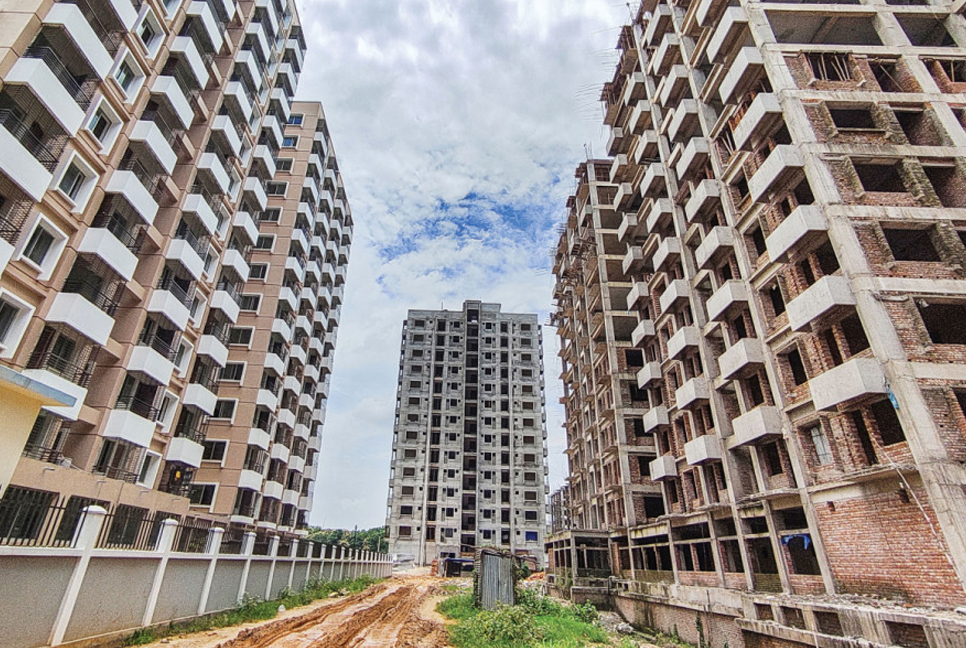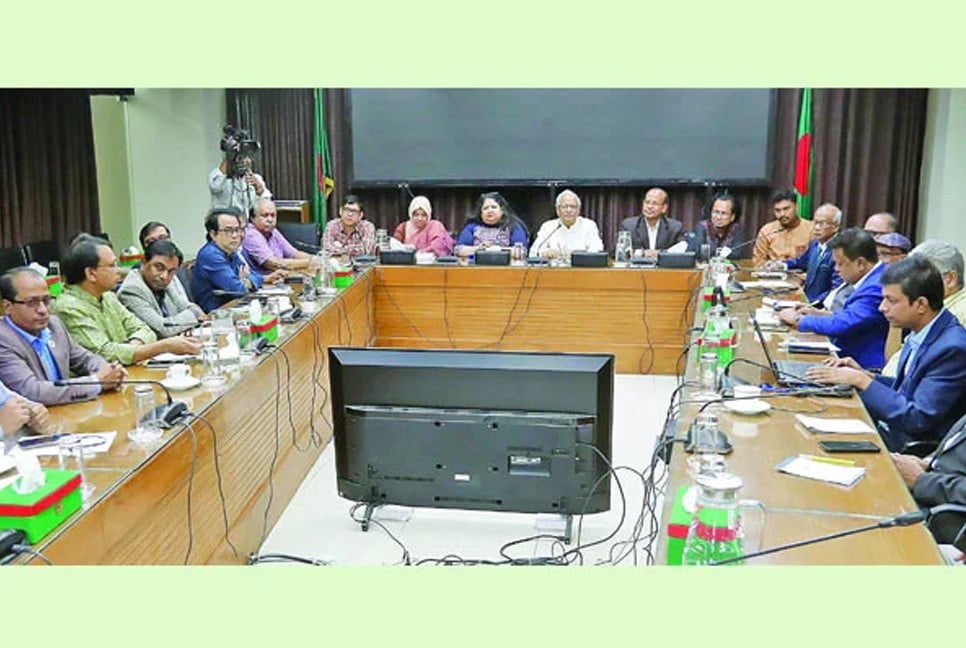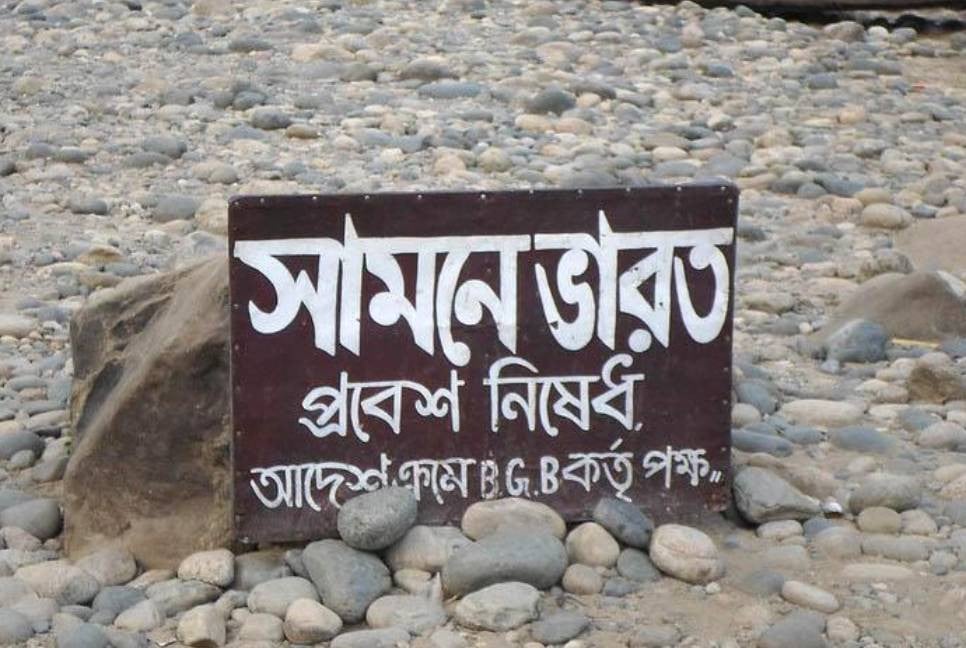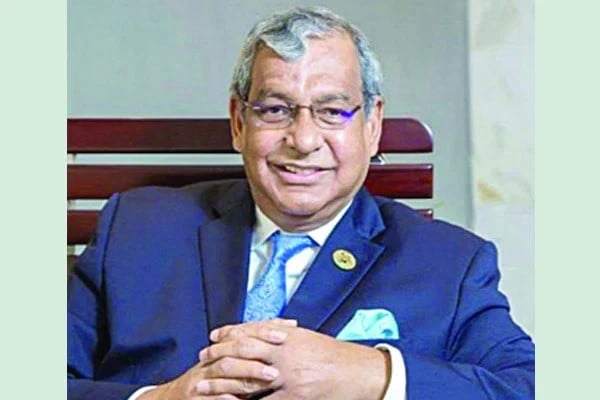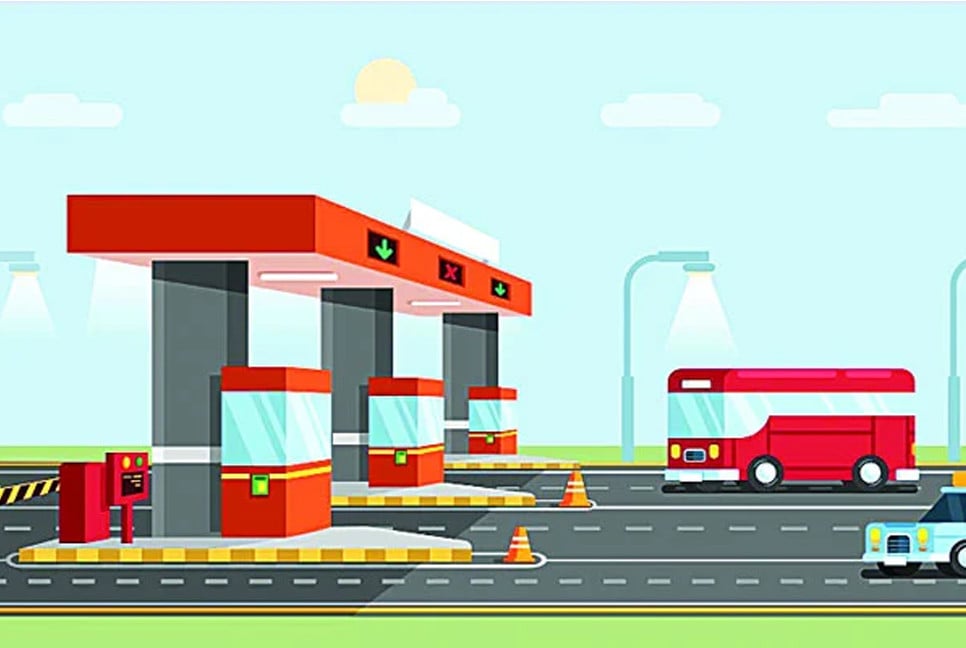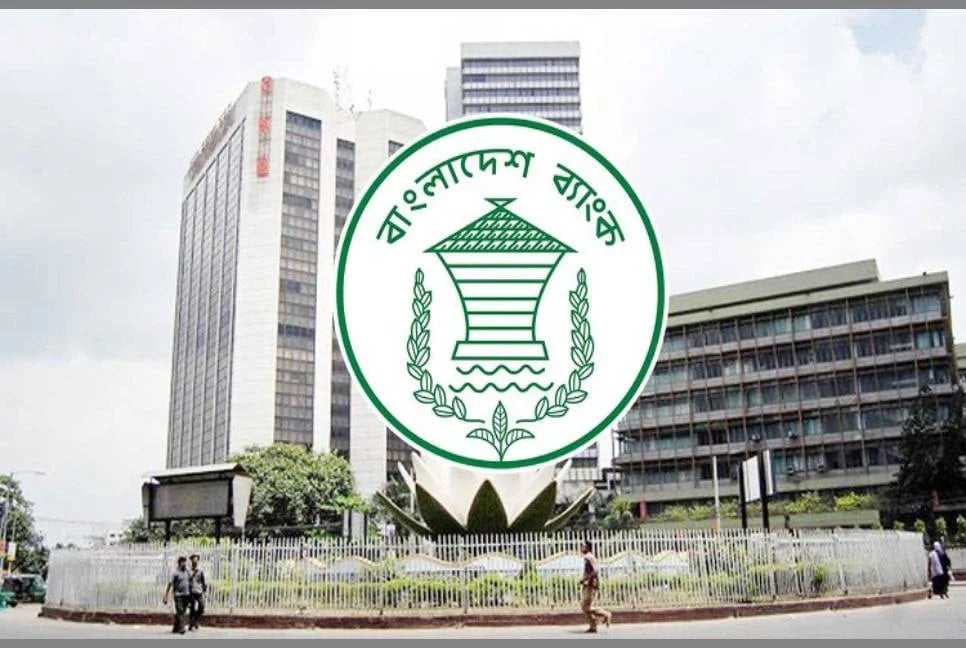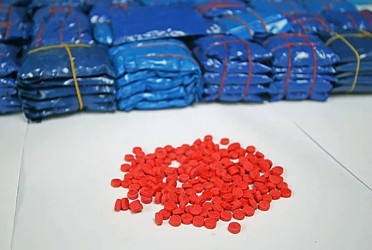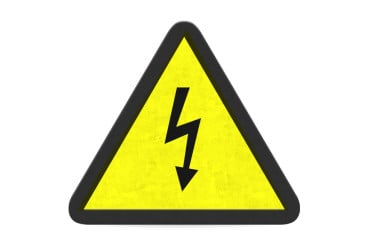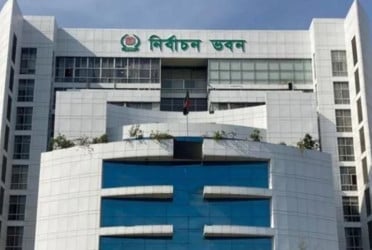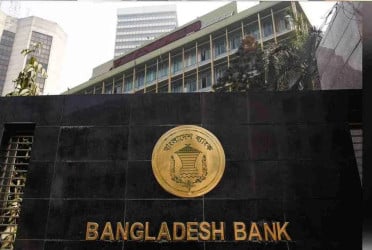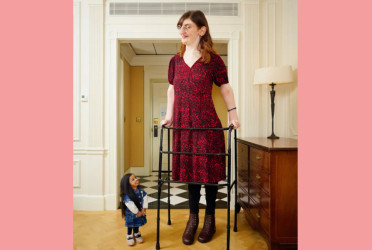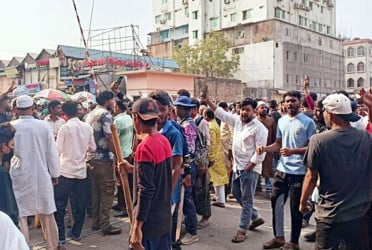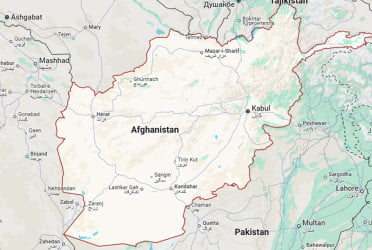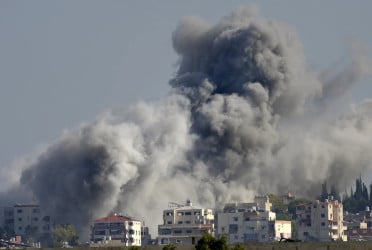The housing sector in Bangladesh is currently facing severe instability, creating significant risks for millions of people directly and indirectly involved in this critical industry. The ongoing crisis has put the employment of crores of individuals in jeopardy and threatens the investment of approximately 2 lakh crore taka by businessmen.
In response to the crisis, housing sector entrepreneurs are demanding the withdrawal of the defective Detailed Area Plan (DAP), which they claim is exacerbating the situation.
Business leaders in the housing sector have expressed deep concerns about the current instability, noting that around 4 million people are directly employed in this sector. Additionally, over 1 crore individuals are involved in various backward industries linked to housing. The crisis in the housing industry has been driven by several factors, including the high cost of construction materials, the unavailability of bank loans, inflation, and the rising value of the dollar. These issues have been compounded by what industry leaders describe as a faulty DAP, which has led to wide variations in building height and size depending on the land. As a result, flat sales have decreased while prices have increased, putting the entire sector, and the employment it supports, at risk.
Liaquat Ali Bhuiyan Milon, Senior Vice President of the Real Estate and Housing Association of Bangladesh (REHAB) spoke to Bangladesh Pratidin about the worsening business conditions in the housing sector. He noted that the situation has deteriorated significantly over the past month, leading to a stagnation in the market.
"We are now trying to get out of this situation," Milon said, adding that the current primary problem is the DAP. According to Milon, the DAP has made housing, a basic necessity, increasingly inaccessible to the middle class. "Decent housing for all is becoming increasingly difficult," he stated. REHAB is actively working to ensure that no barriers, such as the DAP, stand in the way of planned urbanization. The organization plans to meet with RAJUK and the Housing and Public Works Adviser to advocate for amendments to what they view as a discriminatory and systematic DAP.
In response to the ongoing crisis, REHAB has written to Housing and Public Works Adviser Adilur Rahman Khan, demanding the withdrawal of the DAP. In a letter signed by the organization's president, Wahiduzzaman, REHAB highlighted the history of regulatory efforts aimed at improving the livability and eco-friendliness of Dhaka city. The letter notes that during the previous caretaker government, Building Construction Rules-2008 were introduced after extensive scrutiny to make Dhaka a more livable city. This was followed by the publication of the Master Plan-2010 and SRO No.-232 Act/2010, which established rules for preserving canals, rivers, water bodies, rice fields, and industrial areas, while also expanding roads and residential zones. These efforts, according to REHAB, laid the groundwork for building wider streets and environmentally friendly structures in Dhaka.
However, REHAB argues that these plans were undermined by unscrupulous officials who, during the COVID-19 pandemic, hastily organized nominal public hearings. These officials, reportedly supported by a vested interest group aligned with the former dictatorial government, sought to dismantle the 2008 Building Regulations and the 2010 Masterplan. On August 22, 2022, these efforts culminated in the release of the Detailed Regional Plan 2022-2035, which REHAB describes as discriminatory and flawed. The plan, which was implemented without adequately considering public feedback, has led to a complete stagnation in the development of Dhaka city.
According to the current DAP, the available building area in most parts of Dhaka has been significantly reduced compared to the past. This reduction has accelerated the loss of canals, water bodies, and agricultural land, which REHAB warns will have detrimental effects on future generations. The organization also warns that approximately 4 million people involved in the housing industry could become jobless as a result of the DAP, leading to significant financial losses for those affected. Additionally, REHAB predicts that the government's revenue and foreign exchange earnings will suffer as a consequence.
In their letter, REHAB calls for the suspension of the discriminatory and flawed Detailed Area Plan 2022-2035. The organization is advocating for a return to the regulations outlined in the 2008 Building Construction Rules and the 2010 Master Plan, arguing that these frameworks provided a more equitable and sustainable approach to urban development.
Entrepreneurs in the housing sector argue that people are drawn to the high-rise buildings found in cities around the world, such as in the United States, Dubai, and Malaysia. These tall buildings, they say, captivate people's imaginations and attract visitors. However, in Bangladesh, the faulty DAP has led to restrictions on building height, reducing the size of flats and disproportionately affecting landowners. Entrepreneurs are calling for a return to the 2008 DAP, arguing that the 2022 version has stifled development. They note that currently, no one is buying land, and obtaining planning permission has become increasingly difficult. The high cost of construction materials, which has risen by more than 50 percent, has further compounded the sector's challenges. If these issues are not addressed soon, the entire housing industry could be at risk.
The impact of the DAP on building size and flat availability is stark. Business leaders note that in the Green Road area of Dhaka city, where 32 flats could previously be built on a 10-katha plot, the new DAP has reduced that number to just 13 or 14 flats. Additionally, the maximum height of buildings has been reduced from 10 floors to six floors, leading to a reduction in the number of flats available. This, in turn, has brought much of the housing sector's business to a standstill, with DAP being identified as the primary cause.
The housing sector is also closely linked to a wide range of industries in Bangladesh, with between 120 and 130 industries directly connected to housing. These include industries that produce rods, cement, wires, sanitary fittings, locks, keys, boards, and doors. The housing sector, therefore, plays a critical role in the country's GDP, and its current instability could have a ripple effect across the broader economy. Business leaders argue that if the cost of construction materials could be reduced, investment in the sector might resume. They also advocate for increasing building height by revising the DAP.
To address the housing crisis, REHAB has proposed several measures to the government. One of the key suggestions is the introduction of a single-digit interest rate for bank loans, which would make housing more affordable for middle-class families. The government previously implemented such a scheme, which allowed many middle-class families to purchase flats with single-digit interest loans. REHAB believes that reintroducing this system would help revitalize the housing sector and fulfill the housing dreams of the middle class.
Another issue raised by REHAB is the high cost of property registration in Bangladesh, which is among the highest in the SAARC region and even globally. The organization argues that lowering registration fees would encourage buyers to declare the correct value of their properties, leading to increased transparency and more accurate market valuations.
REHAB Director Mohammad Labib Billah expressed hope that the current government would take steps to address the crisis in the housing sector. However, he acknowledged that the sector's instability has been compounded by the increase in the value of the dollar, which has further driven up costs. Despite these challenges, Billah remains optimistic that with the right reforms, the sector can recover.
According to REHAB, flat sales have significantly declined in recent years. Between 2010 and 2012, an average of around 15,000 flats were sold annually. This number dropped to around 12,000 flats per year between 2013 and 2016, before stabilizing at 13,000 to 14,000 flats per year between 2017 and 2020. However, following the implementation of the DAP and the rise in construction material prices, flat sales fell to around 10,000 in the financial year 2022-23, with further declines in the 2023-24 fiscal year.
(The report was published on print and online versions of The Bangladesh Pratidin on August 20 and rewritten in English by Tanvir Raihan)

